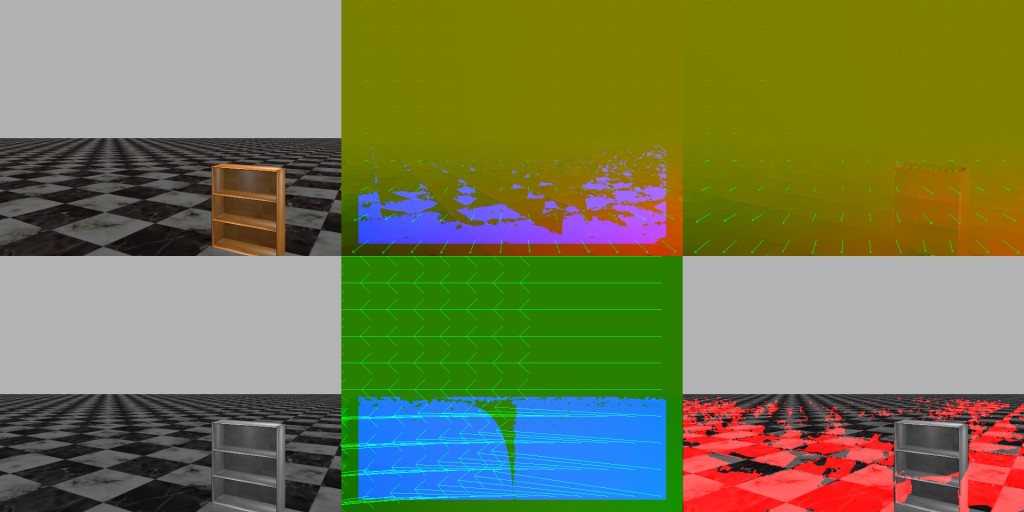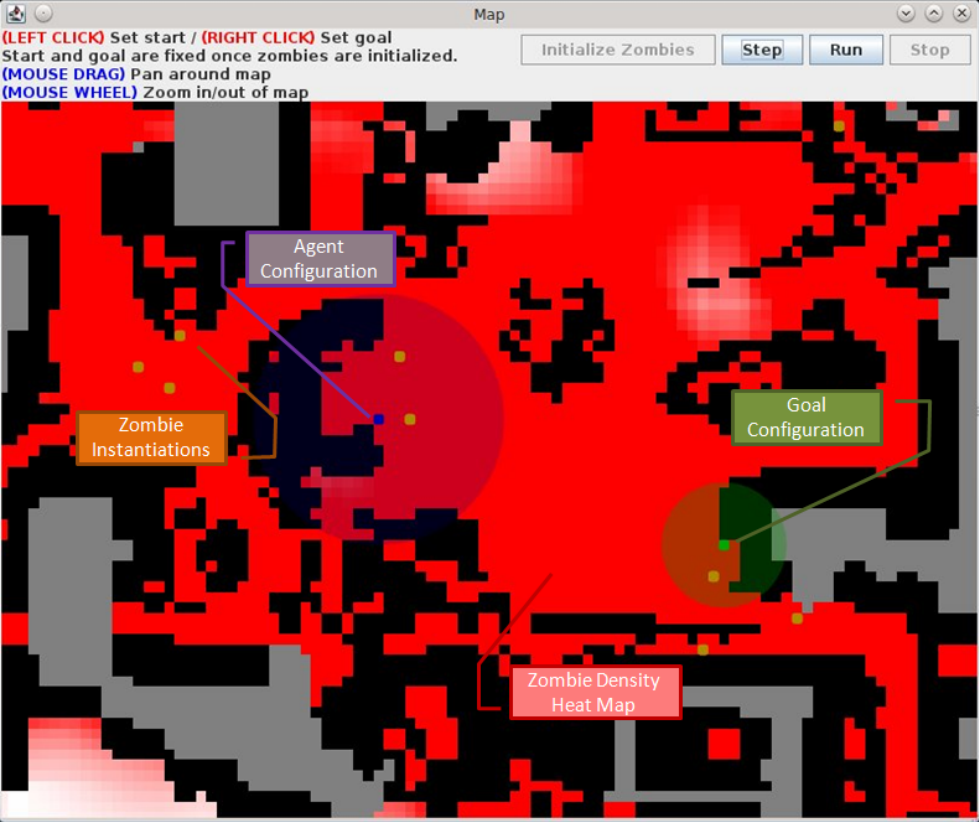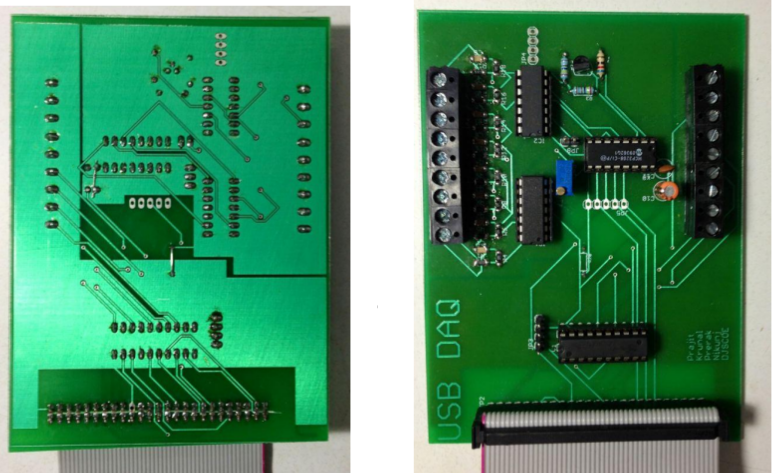A Low-Cost System for Quadrotor Pose Estimation using Fiducial Markers and Multi-Sensor Fusion
You can download the paper here.
We propose an inexpensive alternative to motion capture systems, that are commonly used to track the position and the attitude of a quadrotor. The user only has to print few visual markers and place them on the ground (at unknown positions), so to roughly cover the workspace of the UAV. Then, our system uses visual information from the markers, inertial information from an IMU, distance measurements from an on-board range sensor, and a model of quadrotor’s dynamics, to provide accurate estimates of the quadrotor poses. The key feature of the system is an accurate modeling of measurements and dynamics, that allows to outperform estimators using simplified models. The system requires very little initial calibration and with sufficient marker density it provides RMS errors around 7 cm in position and 1 deg in attitude. The system can be used to provide ground-truth-quality poses, which are useful in estimation problems (as a benchmark), and in control problems
(as state estimates). Besides being inexpensive, the system can be easily adapted to work outdoors.
Ground Plane Segmentation Using Optical Flow Templates

You can download the paper here.
The study demonstrates a subspace-based approach for ground plane segmentation using optical flow in the context of mobile robotics. This method does not explicitly depend upon odometry for expected flow estimation, but relies on previously derived templates, or basis flows. For strictly planar egomotion on a flat surface, the optic flow is quadratic and of a specific structure. The ground-plane flow can then be expressed as a linear combination of independent basis flows, allowing it to be recovered and differentiated from potential obstacles. The approach is verified in simulation, as well as on a real mobile platform, and is shown to be a viable strategy for the intended purpose. However, limitations are evident and possible improvements are outlined.
Nonlinear Controller for Quadrotors over SE(3)
We created a nonlinear controller as described in a paper by Taeyong Lee (add link here) parameterized by elements of matrix lie algebra SO(3). We "hacked" into the AR.Drone Firmware and replaced it with our controller. This enabled us to have an inexpensive, but a robust and well-built platform for research.
Traffic Sign recognition
Using prior knowledge about the shape and color of traffic signs, we created a robust Traffic Sign Recognition System. We used Histogram of Gradients as our feature descriptor and tested it using Random Forests, Support Vector Machines.
Path planning in adversarial dynamic environments

You can download the paper here.
We demonstrate an algorithm which incorporates uncertainty of the environment’s description in planning a path to the goal. We apply this to a game called Humans Vs Zombies, simulated over the Georgia Tech campus map, in which zombies fullfill the role of dynamically uncertain adversaries. Utilizing historical data gathered about the environment, our algorithm allows consideration to be spared for the trade-off between risk avoidance and optimal task completion. We demonstrate it’s effectiveness over simpler shortest path planners exercised in the same environment.
Data Acquisition System(DAQ)

We created a low-cost, high-speed DAQ using an ARM LPC2148 microcontroller as an alternative to NI DAQ. We specially designed and fabricated a PCB to achieve true 12-bit accuracy of Analog to Digital Conversion.
Two Wheel Balancing Robot
This is where it all began. Made as a hobby project during my sophmore year, this was my first robot and I fell in love with it. Using a simple state-estimator and an even simpler PID controller, we were able to make this inanimate robot seem smart! I also designed and fabricated a PCB to hold together the electrical connections between the controllers, sensors and motors.